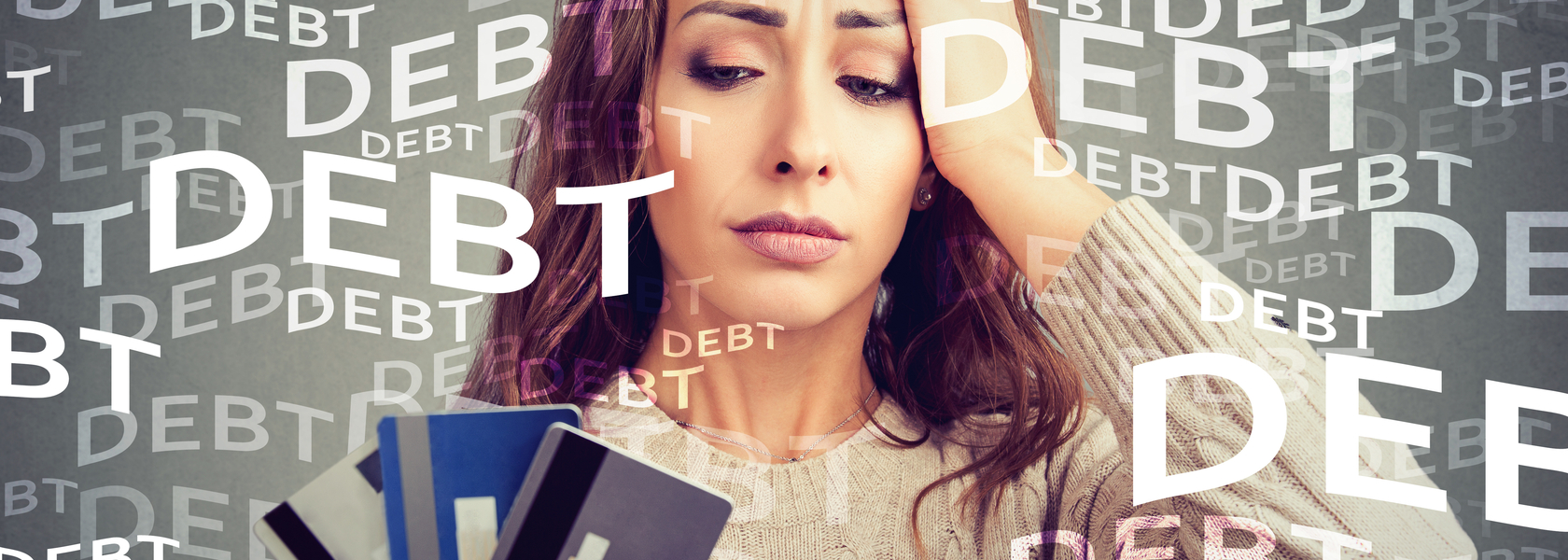There is an easy way out of that debt you’ve been buried under for so long. Debt relief plans are an amazing solution that can help you manage your payments and get out of debt in record time.
Typical household debt in the USA totals more than $13,000, according to Experian.1 Paying these debts off can sometimes feel like a life sentence. – but there’s a way out. Debt relief plans can help you consolidate even the largest debts and lower the amount of your payments.

Debt Relief Plan – What is it and How Will it Help?
Debt relief plans are helpful financial planning services that are aimed at helping you manage and repay your debts.² You can find debt relief plans offered at many different companies, from banks and private financial consultants to companies that specifically focus on debt settlement and reduction. Every debt relief plan is different, depending on the specific context of your financial situation, however you can generally expect 4 main steps:
- Develop an Easy Debt Relief Plan. Once you have decided on a debt relief company, you and your representative will work out a strategy for saving money and making a good impression on your creditors.
- Negotiate. After settling on a debt relief plan, your representative will negotiate with your creditors to obtain reduced interest rates, lower monthly payments, and to see if it might be possible to completely erase some of the debts owed.
- Make Monthly Payments. Under the new terms that your representative negotiates, the responsibility then falls on you to make the agreed upon monthly payments to your debt relief plan company. No longer will you have to make multiple payments a month to various creditors, just one time a month to your debt relief company is enough. Moreover, thanks to the negotiating that they will have done on your behalf, your debt is likely to become much more manageable.
- Enjoy a Debt-Free Future!
Debt Consolidation Loans – Pros and Cons!
Instead of having to make many different payments per month, a debt consolidation loan gives you enough cash to pay off all your loans and in return, you get a single loan and a single monthly payment. You can use this approach to pay off payday loans, medical expenses, and credit cards, for instance. But the best part about a debt consolidation loan is that you often get a smaller monthly payment and a lower rate of interest. Before you decide, you should take into consideration these pros and cons.
Pros:
- Instead of multiple payments and loans, you get one payment and one loan
- Simpler to pay on time
- You pay the same each month
- You might get a lower rate of interest
- All the interest is tax deductible
Cons:
- Collateral (car, house) is required for some debt consolidation loans
- People prone to bad financial choices can be worse off if they reduce debt and think they can take out more loans
- Your credit score might drop temporarily because a hard inquiry is necessary
- You might have to pay fees
Balance Transfer Card Vs Debt Consolidation Loan
Another popular option for debt consolidation is a balance transfer card. With this approach, people who have debts on credit cards can transfer their balance onto a lower interest rate card. These cards can be both excellent and a bad choice, but they’re very different from a debt consolidation loan.
Namely, a balance transfer card can only be used for credit card debts and to transfer a balance. On the other hand, you can pay off various debts with a debt consolidation loan including student or auto loans. Furthermore, a balance transfer card can come with fees, and interest rates can skyrocket after a low or no interest promotion is over.³
In most cases, a debt consolidation loan is the best solution if you have various types of debt and cannot otherwise pay them off in two or three months. You can also pay more of your principal each month thanks to lower interest rates.
Choose a Debt Relief Strategy that Works For You!
Whether you choose to relieve your debt through a debt relief plan, debt consolidation loan, or balance transfer card, the choice is yours to make! By now you know quite a lot about debt relief companies and debt consolidation loans, but you might not know which company, lender, or loan is the best option for you. For starters, check out which types of loans you are eligible for by looking online according to your credit score, amount of debt, and type of debt. After that, you can compare and get the best deal! Getting out of debt might seem impossible, but remember – there’s always a way!
[1] Jim Akin. “Is a Debt-Consolidation Loan Right For You?” Experian, 29 August 2017. https://www.experian.com/blogs/ask-experian/is-a-debt-consolidation-loan-right-for-you/
[2] Federal Trade Commission. “Coping With Debt.” Money & Credit. https://www.consumer.ftc.gov/articles/0150-coping-debt
[3] Anna Serio and Emma Balmforth. “Debt Consolidation Loans vs Balance Transfer.” Finder, 17 February 2020. https://www.finder.com/ca/debt-consolidation-loan-vs-balance-transfer-credit-card
